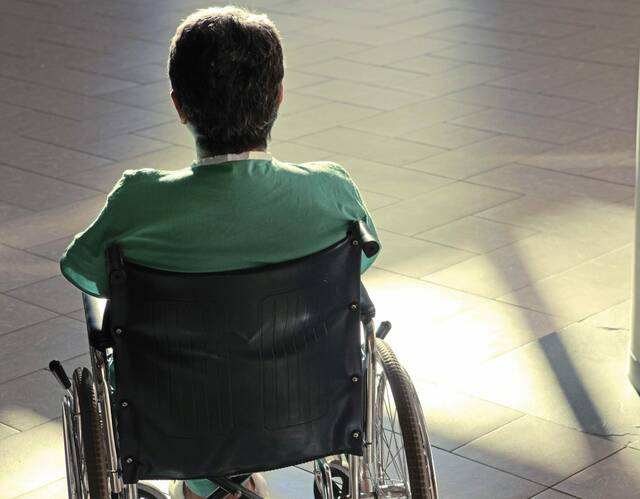Sally C. Pipes: Medicaid should not be for middle class
America is aging. Between now and 2050, the number of people older than 64 will increase by more than half, to 86 million. Nineteen million of those seniors will be older than 84.
That means demand for long-term care will grow. Residential care with nursing coverage can cost more than $100,000 a year. Not surprisingly, more than four in 10 Americans say they’re worried about affording long-term care.
They needn’t be. Many Americans have the money they may need for long-term care. They just don’t know it. The middle class has set aside huge sums for things like retirement, buying a home or paying for college. They have the capacity to do the same for long-term care — and Congress must make it worth their while to do so.
The status-quo approach to paying for long-term care is unsustainable. Medicaid — the health plan for the poor jointly administered by the federal government and the states — covers more than half of all long-term care in the United States. In 2021, the program spent $139 billion on fee-for-service long-term care.
Congress created Medicaid in 1965 u under President Johnson’s Great Society as a safety net for the nation’s poorest citizens — not as the primary means of caring for the elderly in their final years. And yet, many middle-income and wealthy people are using Medicaid to pay for care.
Technically, to qualify, seniors must spend down their personal assets to around $2,000. But there’s an entire industry that’s sprung up to help seniors stow their wealth in “exempt assets” — including automobiles and home equity — so that they don’t count against Medicaid eligibility.
This kind of gamesmanship perverts the intent of Medicaid. Seniors shouldn’t receive Medicaid unless they legitimately cannot afford long-term care. Instead of incentivizing people to hide their wealth, the law should motivate them to spend their own money.
A new report from the Paragon Health Institute details how this might look. First, we need to roll back many of the exemptions that allow seniors to hide wealth to qualify for Medicaid.
For example, seniors can exempt between $688,000 and $1.033 million of home equity from the Medicaid eligibility equation. People with six figures in real estate wealth can hardly be considered indigent.
Current law also allows people to liquidate life insurance policies, spend them on exempt assets, and then apply for Medicaid when the funds are gone.
Next, we need to educate people about how they can prepare for the potential costs associated with long-term care. Nearly eight in 10 people over the age of 65 own their homes. People over the age of 61 collectively hold more than $12 trillion in home equity. Instruments like reverse mortgages and home-equity loans could help them access that equity to pay for long-term care.
Data shows that long-term care is not as unaffordable as the public may think. Nearly nine in 10 older Americans could afford assisted living for two years. Four in 10 could cover two years of in-home long-term care — more years than most seniors will need.
Young people should plan on setting aside $70,000 by age 65. That would put them on track to accumulate $120,900, the amount an average 65-year-old will eventually need for future long-term care costs.
Congress can help Americans meet those goals by creating new tax-exempt investment accounts — similar to 401(k)s or IRAs — earmarked for future long-term care expenses. Or they can permit people to meet their dedicated long-term-care savings goals with other assets, including retirement accounts, life insurance, or by purchasing private long-term-care insurance.
By encouraging Americans to invest private wealth in their long-term care, Congress could free up Medicaid resources for those with minimal assets, who are truly unable to pay for it on their own.
Remove the ads from your TribLIVE reading experience but still support the journalists who create the content with TribLIVE Ad-Free.

